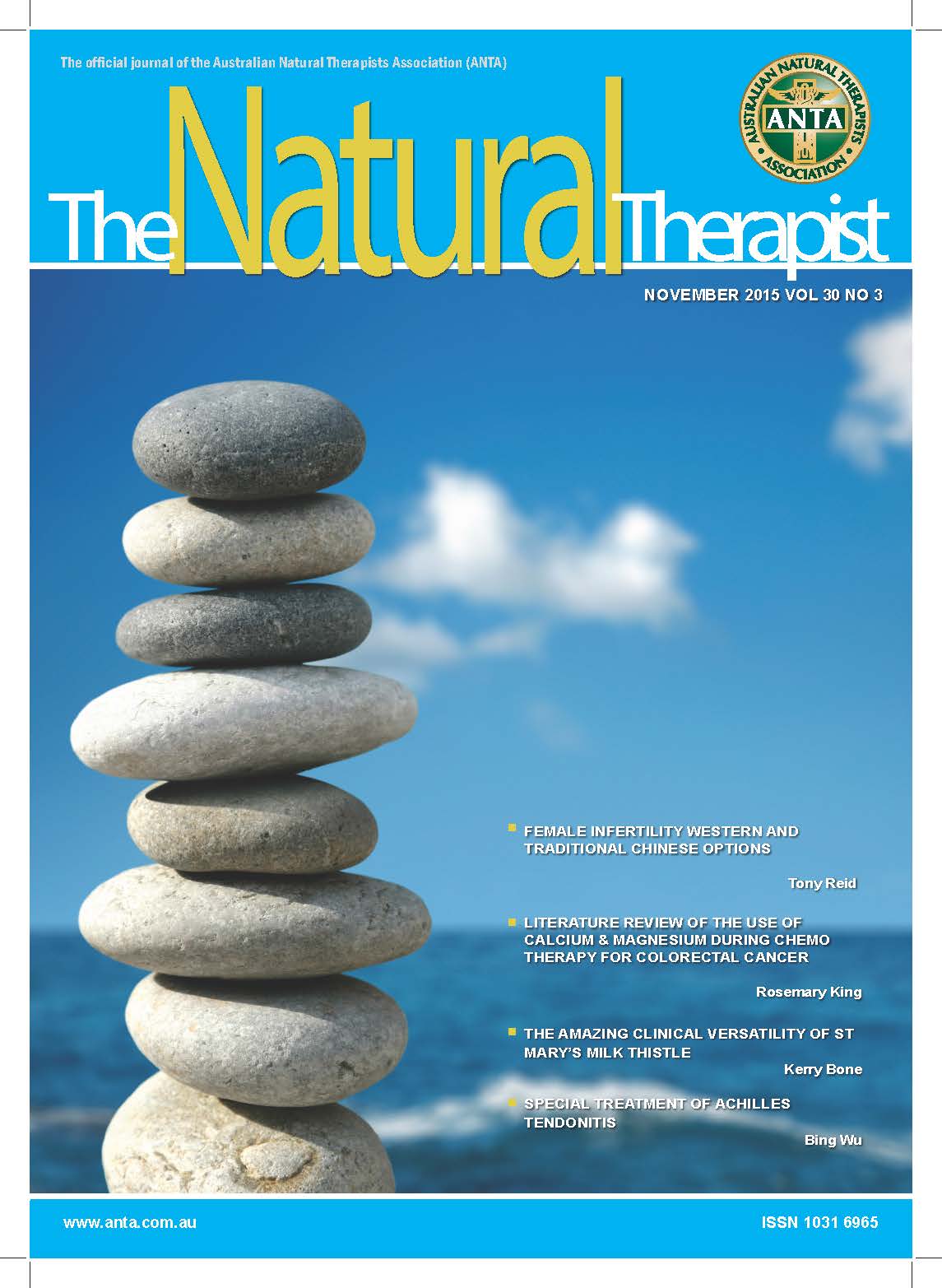News Categories
High iron intake reduces premenstrual symptoms
[IMgateway] The study chronicled a mineral intake of about 3,000 women over a 10-year study period. At the beginning of the study, none of the participants reported premenstrual syndrome (PMS) symptoms.
After 10 years, 1,057 women were diagnosed with PMS and 1,968 were PMS free. All participants were required to complete three food frequency questionnaires throughout the study. The researchers then compared mineral intake by the women diagnosed with PMS with that of women who had few or no menstrual symptoms.
After adjusting for calcium intake and other factors, it was found that women who consumed the most non-heme iron (primarily found in plant foods) had a 36 percent reduced risk of developing PMS than women who consumed the lowest amount of non-heme iron. Higher zinc intake had a non-statistical trend toward decreasing the risk of PMS. Intakes of sodium, magnesium and manganese were unrelated to PMS risk in this study.
Based on the findings, dietary minerals, especially iron intake, may be useful in preventing PMS.
References:
Chocano-Bedoya PO, Manson JE, Hankinson SE, Johnson SR, Chasan-Taber L, Ronnenberg AG, Bigelow C, Bertone-Johnson ER. Intake of Selected Minerals and Risk of Premenstrual Syndrome. Am J Epidemiol. 2013 Feb 26.
Further details at: http://www.ncbi.nlm.nih.gov/pubmed/23444100 ![]()
Use our search facility to find what you're looking for on the ANTA website.



